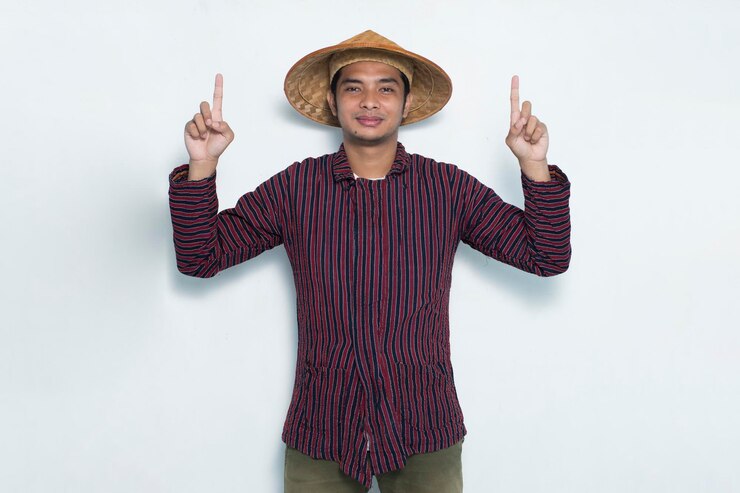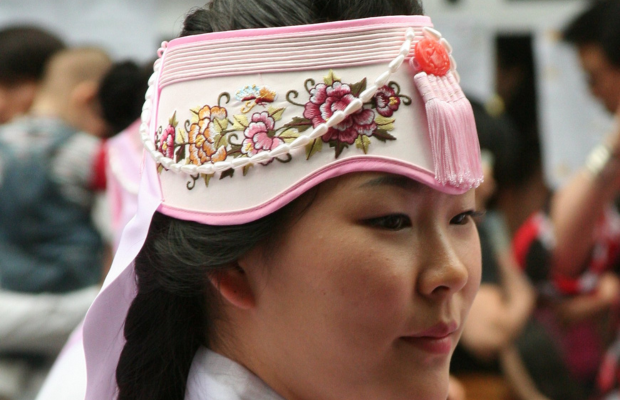
The Artistry of Salakot Hat Making
Introduction:
The salakot hat, an iconic Filipino headwear, not only shields from the sun and rain. But also embodies centuries of craftsmanship and cultural heritage. Let’s delve into the intricate process of crafting these beautiful hats and explore the rich cultural significance they hold.
Historical Roots
The history of the salakot hat dates back to pre-colonial Philippines, where it was wore by indigenous tribes as a symbol of prestige and protection. Over time, it became integrated into Filipino culture, adapting to various regional styles and materials.
Materials and Tools
Crafting a salakot hat requires skillful hands and a keen eye for materials. Traditionally, craftsmen use indigenous materials such as bamboo, rattan, and palm leaves. These are meticulously wove together to create a sturdy yet lightweight framework for the hat.
Weaving Techniques
The weaving process is a labor of love, often passed down through generations. Skilled artisans employ intricate weaving techniques, such as twining and plaiting, to form the intricate patterns that adorn the salakot hat. Each hat tells a story through its unique design, reflecting the cultural heritage of its maker.
Symbolism and Significance
Beyond its practical utility, the salakot hat holds deep cultural and symbolic meaning for the Filipino people. It is often associated with leadership, bravery, and resilience, serving as a tangible link to the country’s indigenous roots and ancestral traditions.
Preserving a Tradition
In today’s fast-paced world, traditional crafts like salakot hat making face the threat of extinction. However, efforts are underway to preserve this valuable heritage. Artisans and cultural organizations are working tirelessly to promote awareness and provide support for indigenous craftsmen. Ensuring that this ancient art form continues to thrive.
Conclusion
The art of making salakot hats is more than just a craft—it’s a testament to the resilience and creativity of the Filipino people. By honoring and preserving this tradition, we not only celebrate our cultural heritage but also ensure that future generations can continue to appreciate the beauty and significance of these iconic hats.






